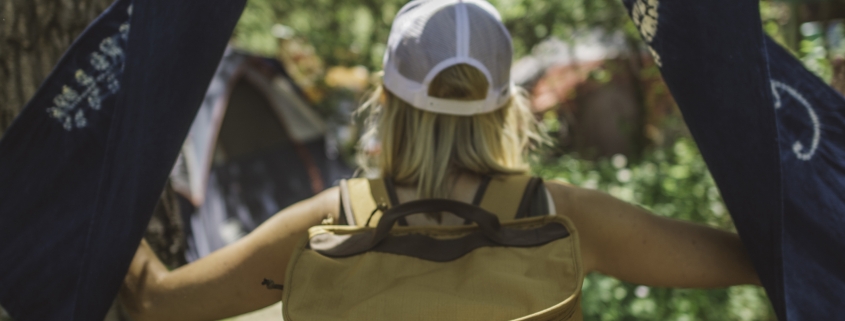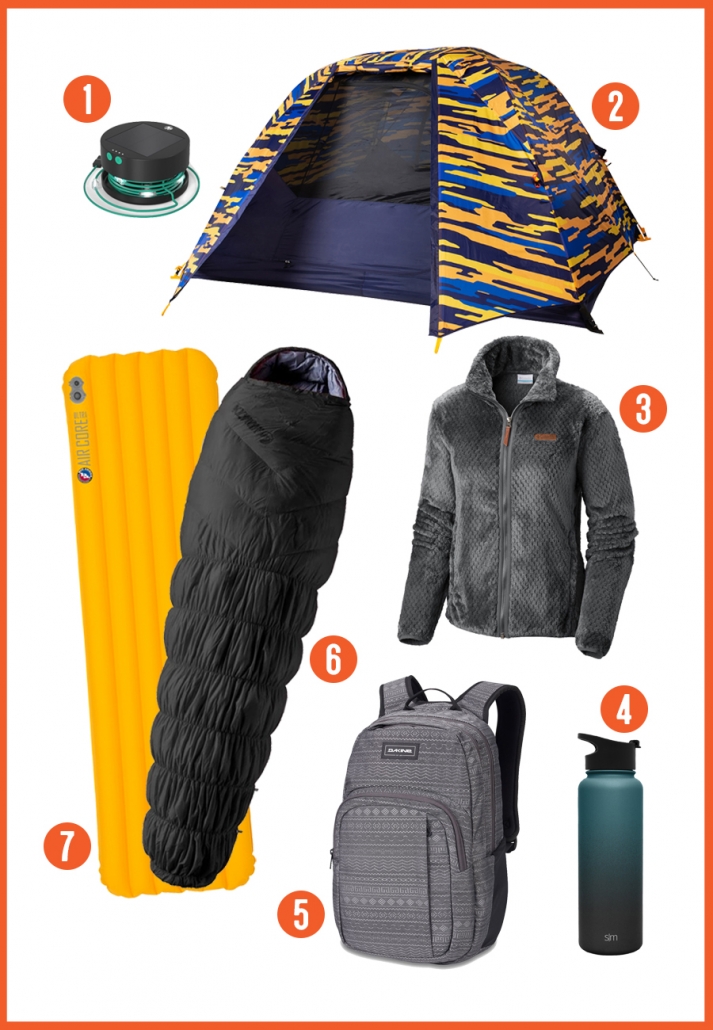What’s better – waterproof or non-waterproof boots? That’s one of the most common questions our footwear experts get. And the answer is, well, it depends. Here’s a few factors to keep in mind.
What is Waterproof Really?
Hiking boots are often constructed of waterproof materials, such as leather finished with DWR (durable water repellant). But this construction only makes them water-resistant. A boot that is truly waterproof generally has a sock-like liner constructed of a seam sealed waterproof membrane, such as Gore-Tex, sandwiched between the exterior layer and liner of the boot. A water resistant boot will keep your feet dry through a light drizzle or occasional puddle, but during more heavy exposure some water will likely leak in through the seams.
When to Choose Waterproof
Waterproof boots are excellent for hiking in heavy downpours, frequent stream crossings, and trudging through snow. They are our go-to for fall and winter hiking, as well as backpacking trips with unpredictable weather.
One important factor to keep in mind is that to achieve water impermeability, breathability is sacrificed. That means that waterproof boots will be warmer than non-waterproof options. They will also be slower to dry out if they do get moisture inside – for example, from sweaty feet. So if you tend to run hot, waterproof boots may not keep your feet as dry as a non-waterproof boot. You’ll also want to be sure to pair your boots with a moisture wicking merino or synthetic sock.
When to Choose Non-Waterproof
For warm weather hiking, breathability is key, so non-waterproof boots really shine on summer hikes. Because they dry out quickly, they’re also a great option for deep river crossings, where your feet will inevitably get wet. Non-waterproof boots also tend to be slightly lighter than waterproof boots, making them a great choice for hikers who favor fast and light pursuits. Waterproof boots are generally slightly more expensive than non-waterproof options. So if budget is a big factor for you, a non-waterproof boot may give you a little more bang for your buck.
The Bottom Line
The unparalleled protection from the elements offered by a waterproof boot comes with a reduction in breathability and a higher cost and weight. If you’re serious about year round hiking, having both waterproof and non-waterproof boots to use in different circumstances is ideal. If you’re just getting started and have a limited budget, consider your personal preferences and the kind of hiking you’ll be doing most often. It’s also a good idea to get expert advice and try on a variety of boots. Stop by Frugal Backpacker for a free fitting with one of our knowledgeable experts.




